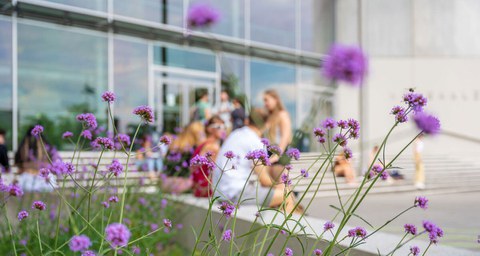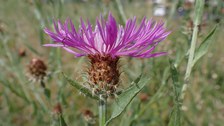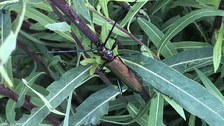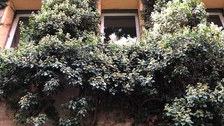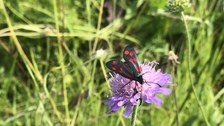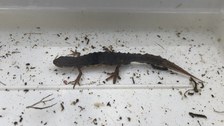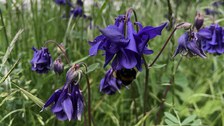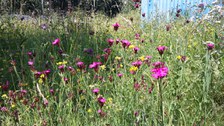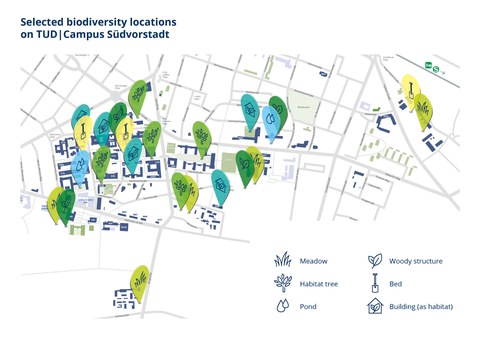Biodiversity on campus
Table of contents
TU Dresden has high standards when it comes to ecological awareness and behavior. Our main campus offers a diverse infrastructure of buildings, public transportation areas with paved pathways and landscaped outdoor facilities to all students, staff and guests of TU Dresden. The campus is defined by compact buildings and the proportions of green and open spaces is relatively low. The undeveloped areas are used in a variety of ways. Their significance as a habitat for animals and plants has so far received too little attention.

© F. Müller, TUD

© N. Rüsing, TUD

© N. Rüsing, TUD

© M. Kretzschmar, TUD

© N. Rüsing, TUD

© N. Rüsing, TUD

© N. Rüsing, TUD

© N. Rüsing, TUD

© N. Rüsing, TUD
For some years now, several species have been documented on those green and open spaces. These observations are mere snapshots and do not constitute a thorough species mapping. They do nevertheless provide an insight into the diversity of habitats, plants and animals on campus. When it comes to our campus design, they demonstrate the major importance of measures promoting biodiversity so that the requirements of both humans and nature can be brought into balance on the TUD campus.
Habitats on campus
The various habitats on campus can be discovered online via selected, documented species:
| Meadow | Building |
| Tree | Pond |
| Hedge and shrub | Planting beds |
Discovered species
Since 2019, more than 700 species have been identified. Until 2021, the focus was initially on flowering meadows and their transformation into insect-friendly habitats. In contrast to the other habitats, these areas were visited more frequently and more species were spotted and documented. On the flowering meadows, 239 plant species (flowering plants and grasses) and 157 insect species, including 25 butterfly and 41 beetle species, were identified. 133 species of trees and shrubs were documented on the main campus. Nature on campus is enriched by 67 types of fungi. Mosses (19) and lichens (18) are also present. 53 different bird species were also observed and documented. It is difficult to record (photograph) mammals with certainty. However, there are regular sightings reported of brown hares, red foxes and hedgehogs. Some subject-specific observations, e.g. on nocturnal species groups such as owls or bats, have not yet been made.
Site map
If you would like to discover the biodiversity on the main campus for yourself, you can use the site map for orientation.
The site map shows selected locations for the various habitats on the main campus.
A discovery tour is always worthwhile and can be repeated at different times of the day and year.
Contact
 © M. Kretzschmar
© M. Kretzschmar
Sustainable Campus Coordinator
NameUlrike Seiler
Send encrypted email via the SecureMail portal (for TUD external users only).

